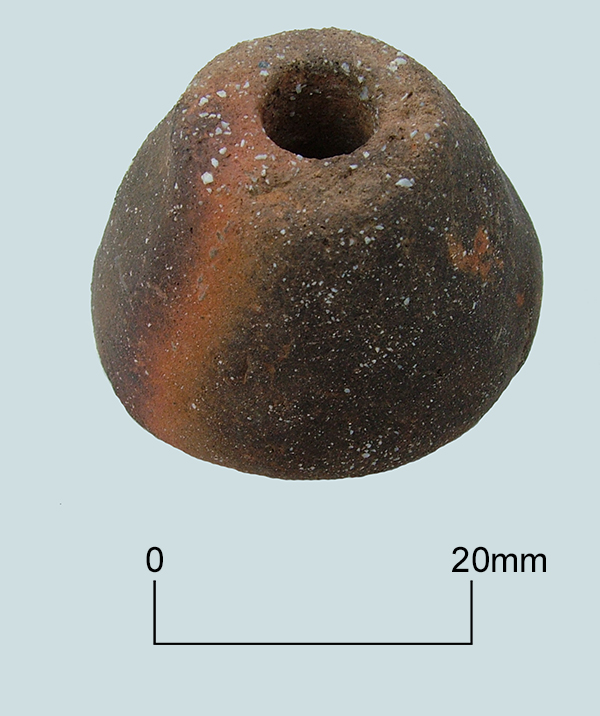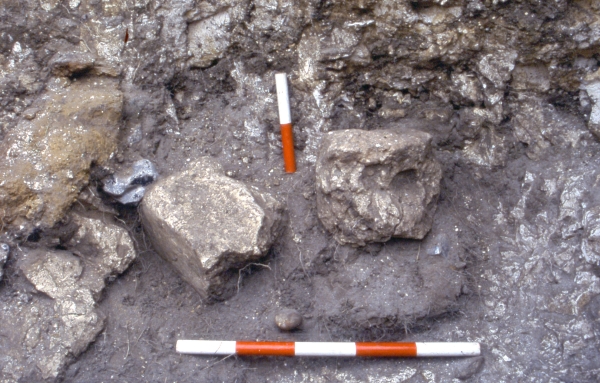
Today’s image for VM 365 Day 121 shows a number of large blocks of moulded chalk paste at the base of an early to middle Iron Age pit at North Foreland, Broadstairs, under excavation in 2003.
The pit was 1.38 metres deep, with a bell shaped profile. The diameter at the surface measured 1.66 metres, widening to 1.9 metres at the base. The pit was originally dug to store grain, the earliest fills containing large quantities of burnt and charred seeds, chaff, and grain of species including barley, spelt, emmer and oat.
Sealed between two of the earliest fills were the blocks of moulded chalk paste, used as a form of lime plaster to cover a structure. After the blocks had been dumped in the base, the pit was used as a rubbish pit, with artefacts including pottery, animal bone, marine shell and fragments of quern stone being tipped in until it was completely filled.
Later a woman was buried in the upper section of the pit, probably after it had been partly cleared of the dumped debris. The grave was covered over with more material derived from the surrounding settlement.
The chalk blocks are important as they represent some of the only evidence we have for what the structures in the surrounding settlement that created this storage pit might have been made of. All other traces of the above ground Iron Age structures were eroded away over time, leaving only the below ground elements of pits, ditches and post holes to be excavated by the archaeologists.
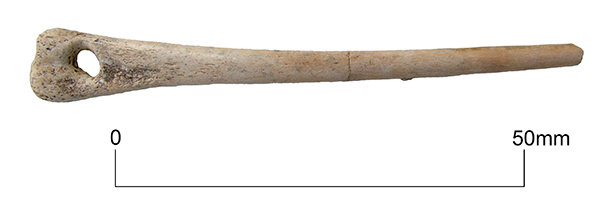
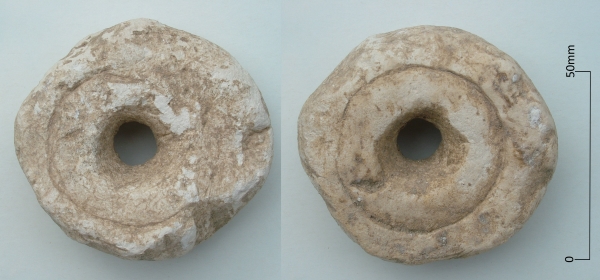
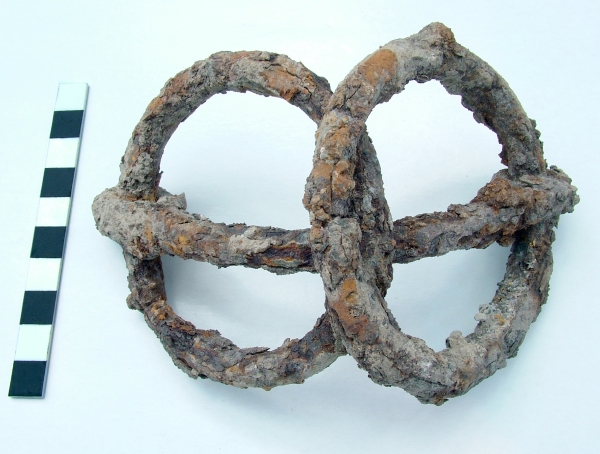
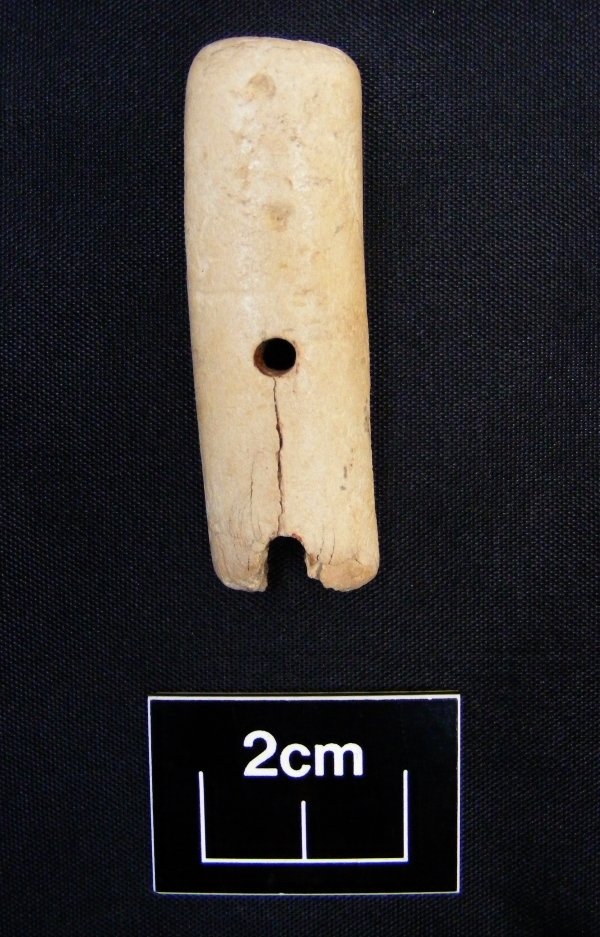
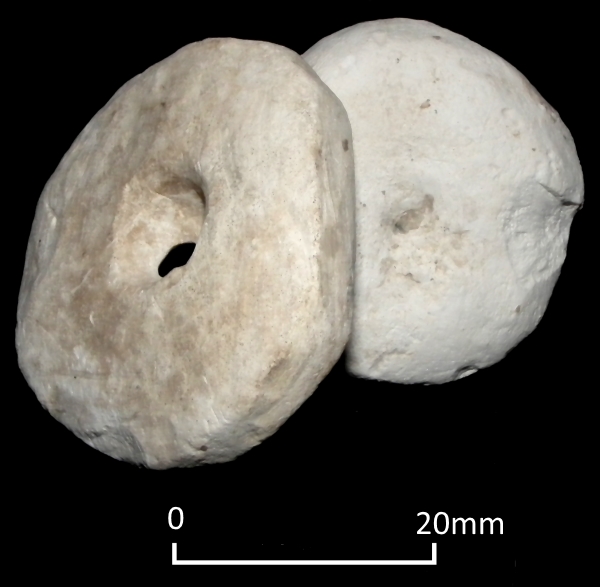
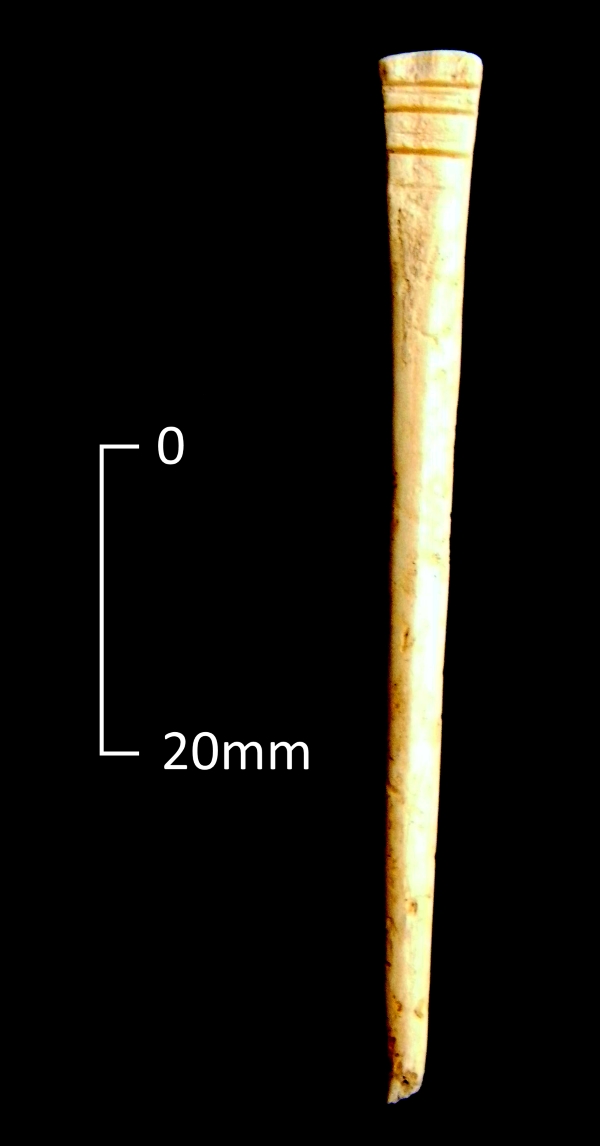
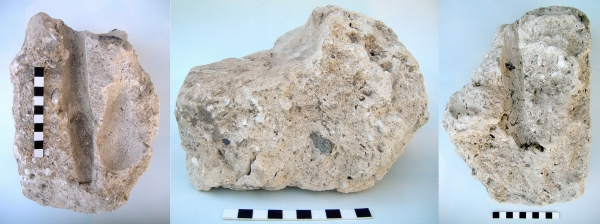

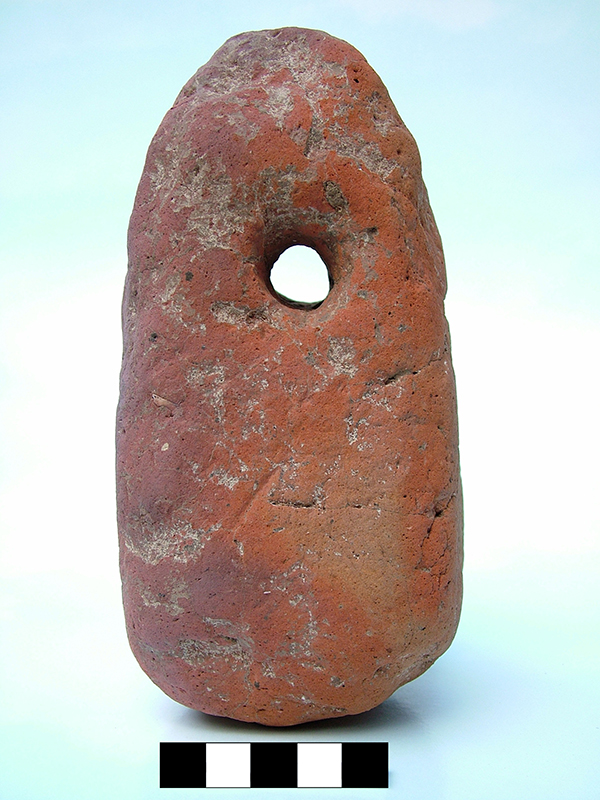 Following on from
Following on from 